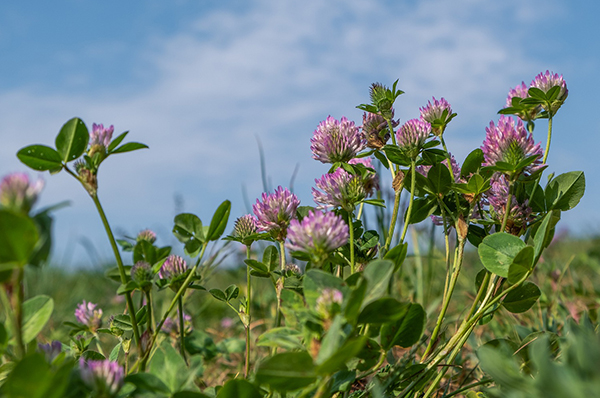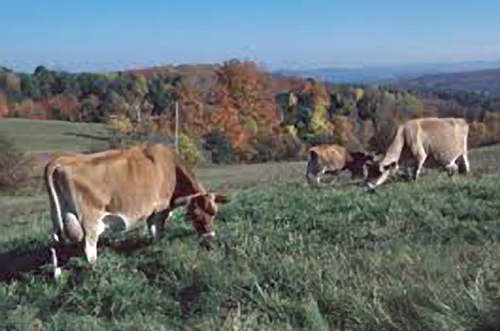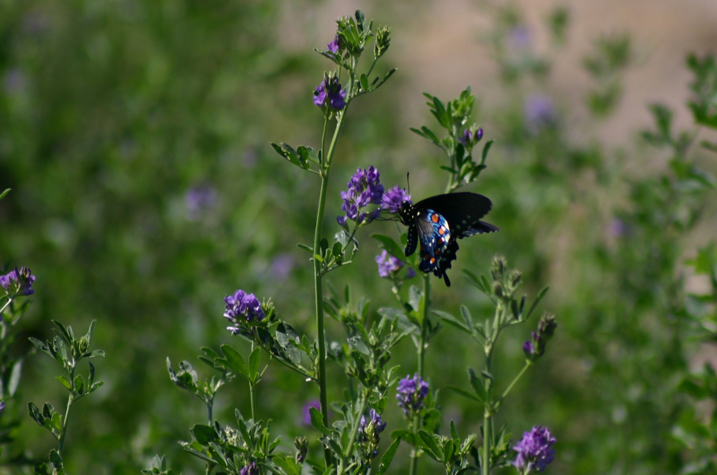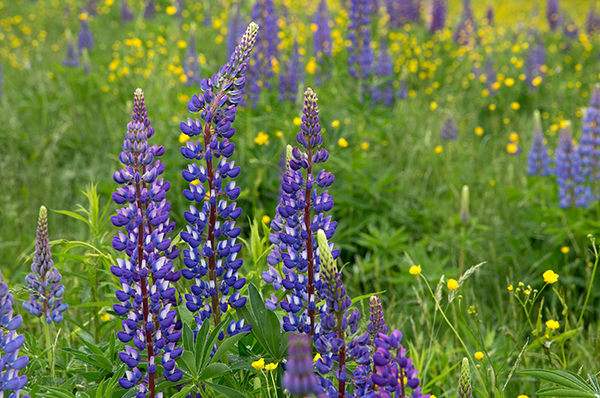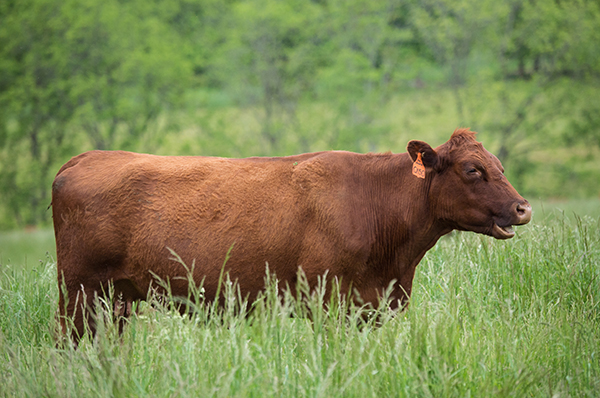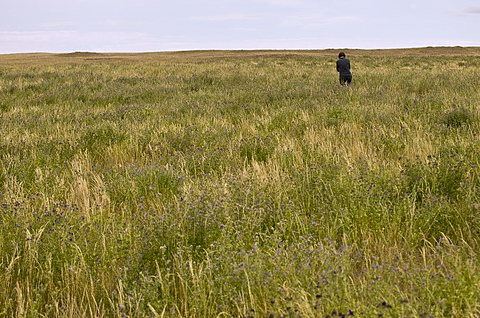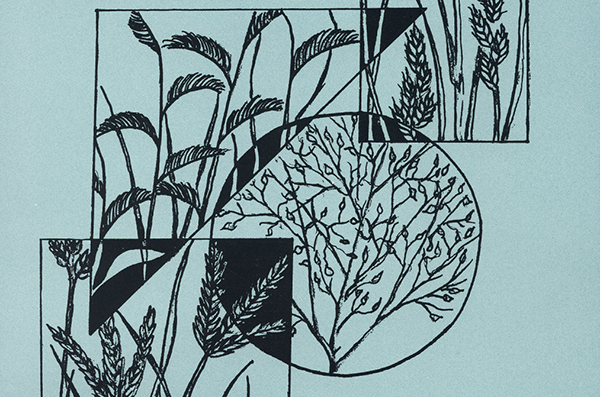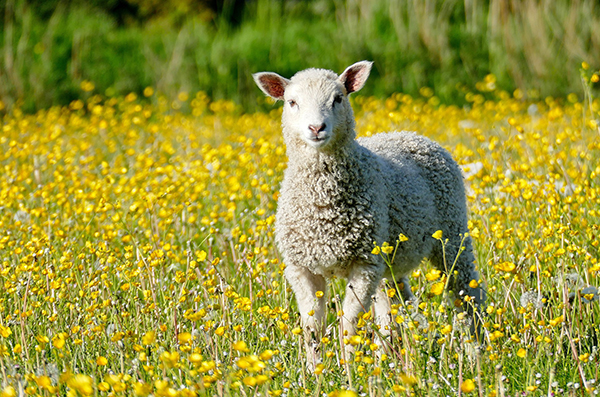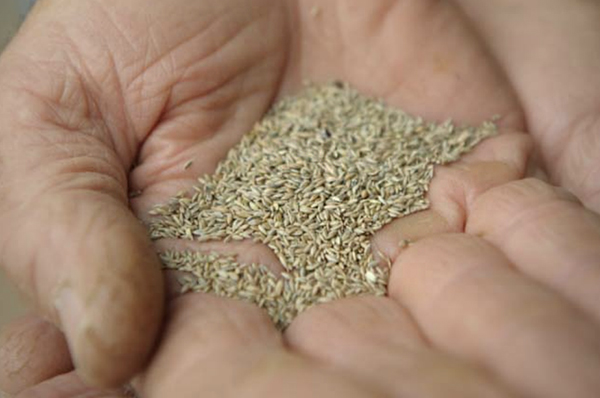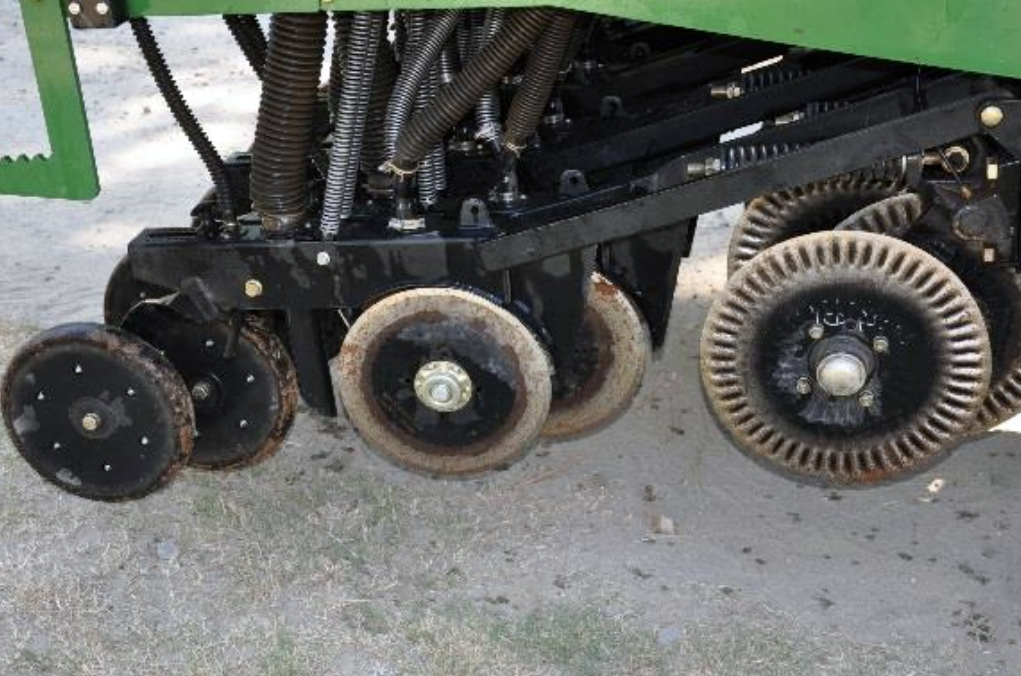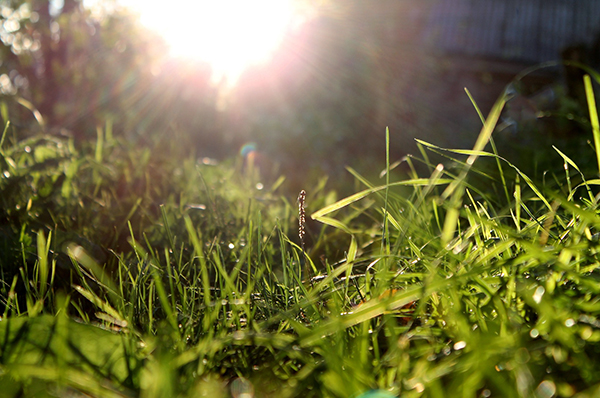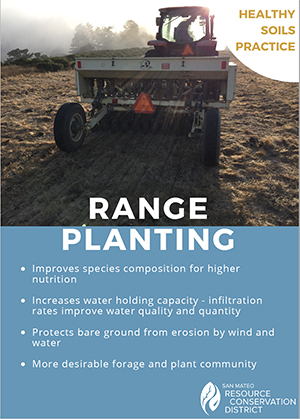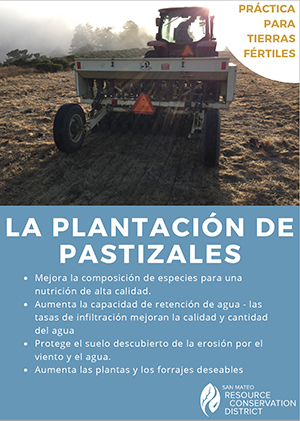
Rangeland Seeding
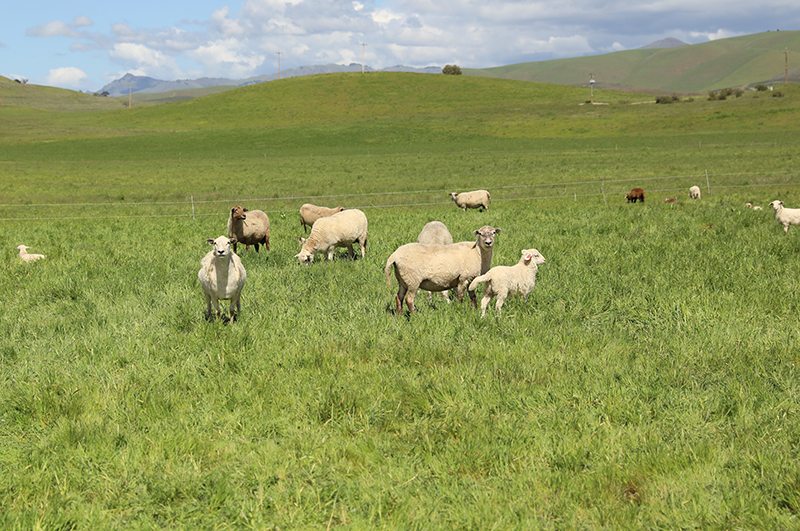
Rangeland seeding is a way of restoring degraded land while providing forage for livestock at the same time. Perennial or self-sustaining plants such as grasses, forbs, legumes, shrubs and trees are used that are appropriate for the soil and climate conditions and for the nutritional needs of the livestock grazing it. As the roots of the plants grow deep they promote soil health by building soil organic matter, increasing soil nutrients and improving water infiltration. Additional benefits are reductions in soil erosion by wind or water and increased carbon sequestration. It is recommended to use a mix of seeds to increase biodiversity. Using native versus non-native species is more likely to bring success.
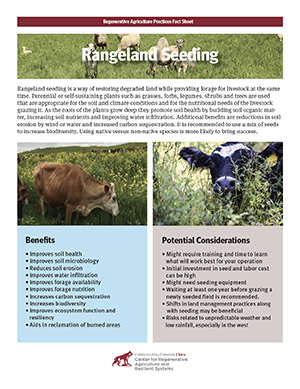
Download a printable fact sheet based on this page. (PDF)
Go to:
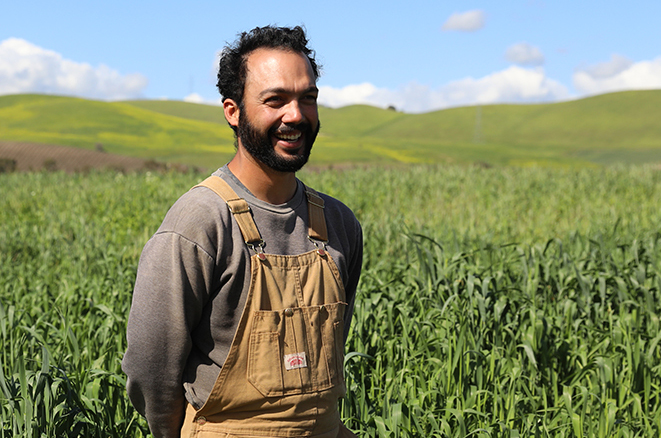 Mentor-Farmer who Discusses Rangeland Seeding
Mentor-Farmer who Discusses Rangeland Seeding
Paicines Ranch(opens in new window)
Videos
Managing for Diversity—Paicines Ranch
Rangeland seeding is a good way to increase diversity on rangeland. In this very short video Paicines ranch co-owner Sallie Calhoun describes why diversity is a good thing.
Paicines Ranch, Part 1
Claudio Nunez of Paicines Ranch talks about experiments they are doing with rangeland overseeding and livestock managed grazing as a tool for reclaiming highly degraded rangeland. Included is how both tactics work together to help them compete with conventional grain-fed cattle producers.
Overseeding Pastures Using Your Livestock to Get Better Stands of Forages
Regenerative rotational grazing rancher Russ Wilson describes the process and how they no longer need to use no till drilling because of his success using this method.
Plant Materials Video Technical Note TX-PM-16-03: Grain Drills and Planters
This video by USDA-NRCS-Texas provides information on the basic operations of grain drills and planters used for rangeland seeding.
The Jena Experiment
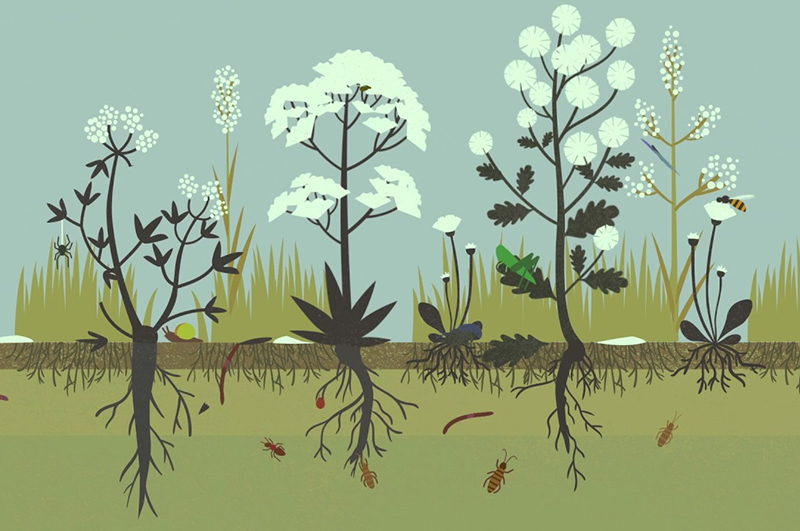 The Jena Experiment has been exploring the importance of biodiversity in grasslands in Germany since 2002. It is one of the longest running biodiversity experiments in Europe. Results showed that plant diversity increased microbial diversity, resulting in increased soil carbon. That, in turn, improved soil health, increased productivity, enhanced the availability of nitrogen and phosphorus, and improved soil water-holding capacity. The more biodiverse ecosystems proved to be most resilient in drought and other conditions possibly similar to what may be experienced as a result of climate change. These results show the importance of using multiple species in rangeland seeding, the more species the better. Learn more(opens in new window).
The Jena Experiment has been exploring the importance of biodiversity in grasslands in Germany since 2002. It is one of the longest running biodiversity experiments in Europe. Results showed that plant diversity increased microbial diversity, resulting in increased soil carbon. That, in turn, improved soil health, increased productivity, enhanced the availability of nitrogen and phosphorus, and improved soil water-holding capacity. The more biodiverse ecosystems proved to be most resilient in drought and other conditions possibly similar to what may be experienced as a result of climate change. These results show the importance of using multiple species in rangeland seeding, the more species the better. Learn more(opens in new window).
Increased soil carbon storage through plant diversity strengthens with time and extends into the subsoil
Markus Lange, Nico Eisenhauer, Hongmei Chen, Gerd Gleixner
February 17, 2023
This paper came out of the research done at The Jena Experiment site. It showed that higher plant diversity increased carbon and nitrogen storage in the topsoil and that these effects strengthened over time and extended into the subsoil. However, the effects of specific plant groups actually diminished over time. Carbon storage in deeper soil layers came from the redistribution of already stored soil organic matter from the topsoil through the activity of organisms in the soil (which also increase in diversity with plant species diversity). Learn more(opens in new window).
Science Literature
Brown, C., and R. Bugg. 2001. Effects of established perennial grasses on introduction of native forbs in California(opens in new window). Restoration Ecology 9:38–48.
Brudvig, L. 2010. The restoration of biodiversity: Where has research been and where does it need to go?(opens in new window) American Journal of Botany 98:549–558.
Cameron, D., J. Marty, and R. Holland. 2014. Whither the rangeland?: Protection and conversion in California’s rangeland ecosystems(opens in new window). PLoS ONE 9:e103468.
Davy, J., Dykier, K., Turri, T. and Gornish, E., 2017. Forage seeding in rangelands increases production and prevents weed invasion(opens in new window). California Agriculture, 71(4), pp.239-248. Last accessed 12/21/2018.
De Deyn, G., R. Shiel, N. Ostle, et al. 2010. Additional carbon sequestration benefits of grassland diversity restoration(opens in new window). Journal of Applied Ecology 48:600–608.
Fynn, A.J., Alvarez, P., Brown, J.R., George, M.R., Kustin, C., Laca, E.A., Oldfield, J.T., Schohr, T., Neely, C.L. & Wong, C.P. 2009. Soil carbon sequestration in United States rangelands. Issues paper for protocol development(opens in new window). New York, NY, USA, Environmental Defense Fund.
Gomez-Aparicio, L. 2009. The role of plant interactions in the restoration of degraded ecosystems: A meta-analysis across life-forms and ecosystems(opens in new window). Journal of Ecology 97:1202–1214.
Montalvo, A., P. McMillan, and E. Allen. 2002. The relative importance of seeding method, soil ripping, and soil variables on seeding success(opens in new window). Restoration Ecology 10:52–67.
Potthoff, M., L. Jackson, K. Steenwerth, et al. 2005. Soil biological and chemical properties in restored perennial grassland in California(opens in new window). Restoration Ecology 13:61–73.
Pywell, R., J. Bullock, D. Roy, et al. 2003. Plant traits as predictors of performance in ecological restoration.(opens in new window) Journal of Applied Ecology 40:65–77.
Suttle, K., and M. Thomsen. 2007. Climate change and grassland restoration in California: Lessons from six years of rainfall manipulation in a north coast grassland(opens in new window). Madroño 54:225–233.

